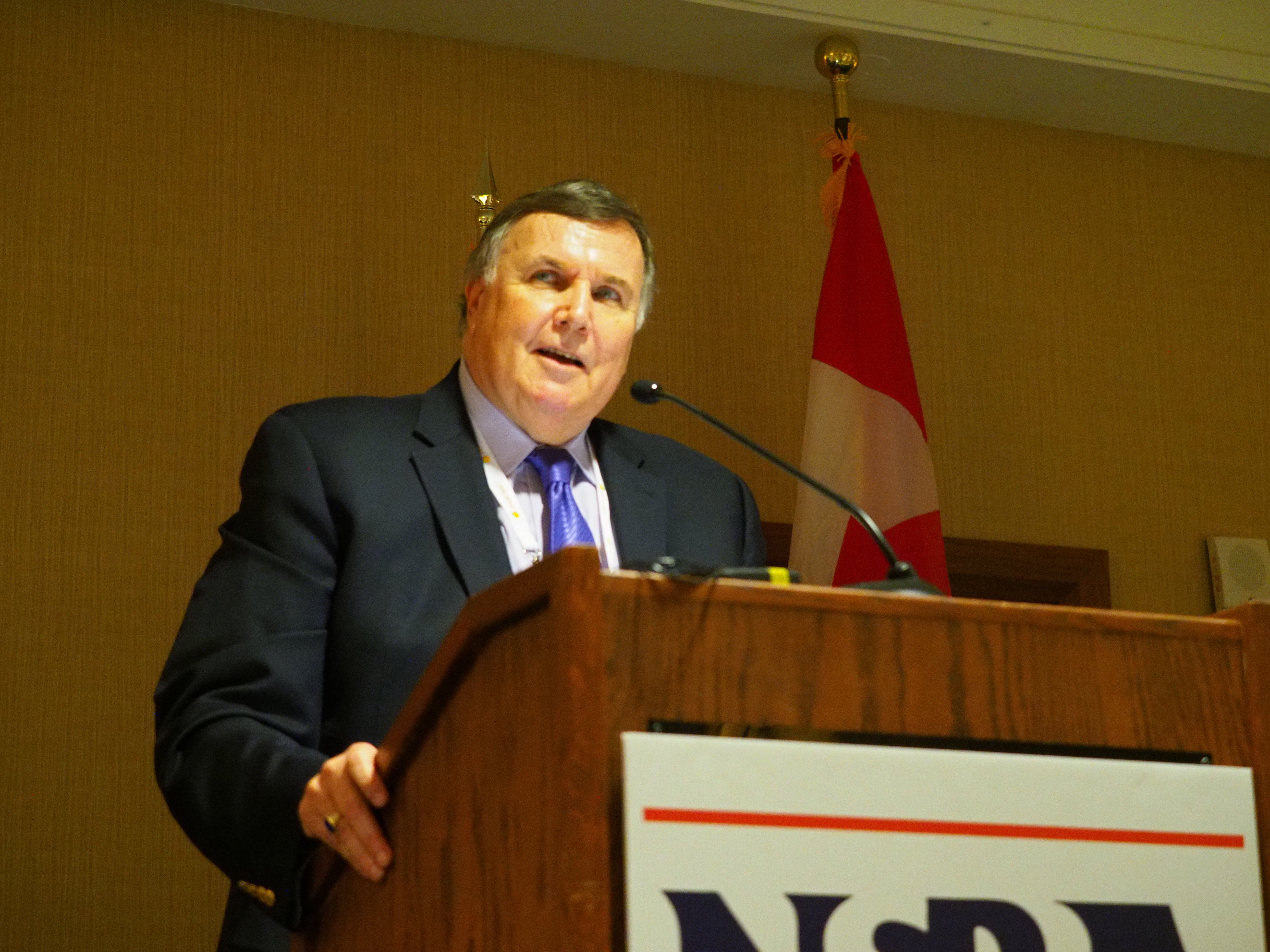
As my official tenure with NSPRA winds down this month, I thought it was appropriate in my last edition of Always Something to look back over the years of my career and find a way to leave you with some teachable moments that you can return to for inspiration over the span of your own career. I thought I’d share some of the maxims I developed to guide my work as well as a few of my favorites from seasoned colleagues who helped steer me and our profession in the right direction.
Some need no explanation. To others I give an example or two.
First, here are some of my precepts that may help you:
- “People programs beat paper programs every time.”
It’s difficult to persuade someone with just a brochure. I’ve never seen it happen. Even today’s technology falls short of giving people the warm feeling that those intimate face-to-face moments can create. Once you establish credibility through in-person interactions, only then can social media help you persuade others because those folks know and believe you from you already because you met face to face.
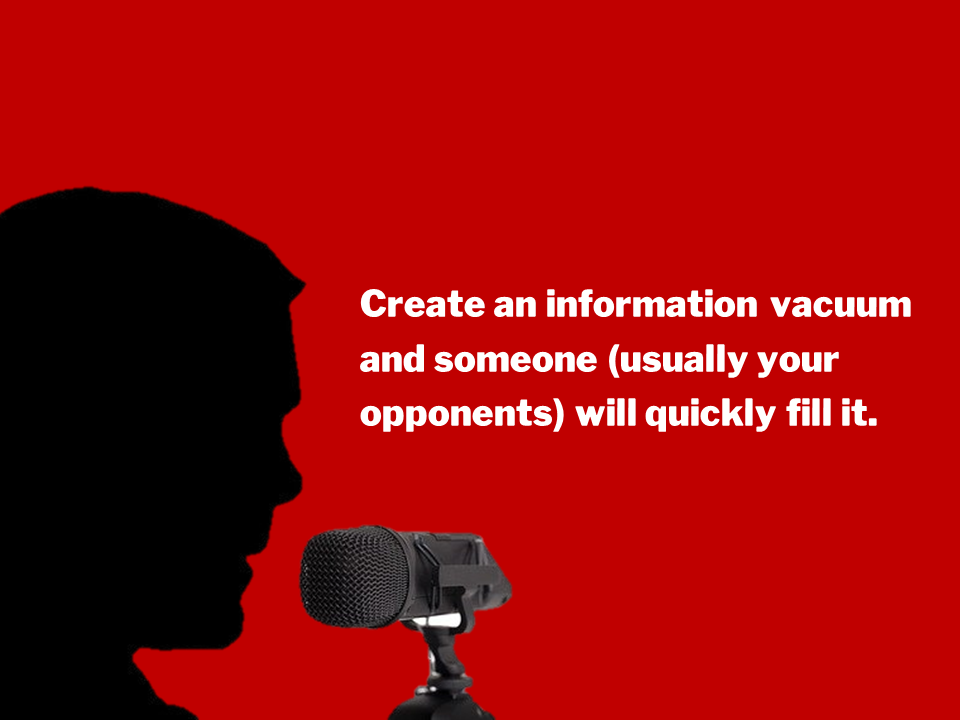
- “Create an information vacuum and someone (usually your opponents) will quickly fill it.”
Despite repeated counseling against it, this phenomenon happens much too much even today. What happens? When some leaders hesitate to speak up to explain their decisions, their eager critics seize the moment and claim the issue on their own terms — rightly or wrongly.
It’s often an advantage to be first on the issue battleground because “catching up” is hard to do through reactionary tactics. We often say that “Getting out front means you won’t be left behind.”
- “Top school public relations pros have one foot in the schools, one foot in the community, and the stretch marks to prove it.”
A big part of the PR position is to listen to the community and bring that feedback to the decision makers, even though some of them don’t want to hear the comments. It’s the PR pro’s role to communicate not only the district’s position to the community but to also explain the rationale for the decision — even though some community members may not want to hear it. That’s how the stretch marks develop.
- “When emotions and facts collide, emotions win just about every time.”
As school leaders, we deal with two precious items of our community’s taxpayers — their children and their money. 
Emotions normally eclipse facts in discussions about students’ well being. No matter how factual your argument may be, it may still lose ground in the struggle when decisions arise around what your actions will do to the well being of “our kids.”
Emotions also prompt more and extended media coverage. Always assess how your decision could ignite an emotional push-back and be prepared to explain why your decision is really better for all students.
- “Public relations is the practice of aggressive common sense. Anytime a decision goes against the grain of common sense, you will have a lot explaining to do.”
Keep this one in mind if you’re changing school attendance boundaries, and you’re recommending that students who live just 2 blocks away from their current school will have to move to a school that is 5 miles away. Be prepared to deal with explanations about why your proposal is a good idea, and how it really supports these students because, on face value, common sense says otherwise.
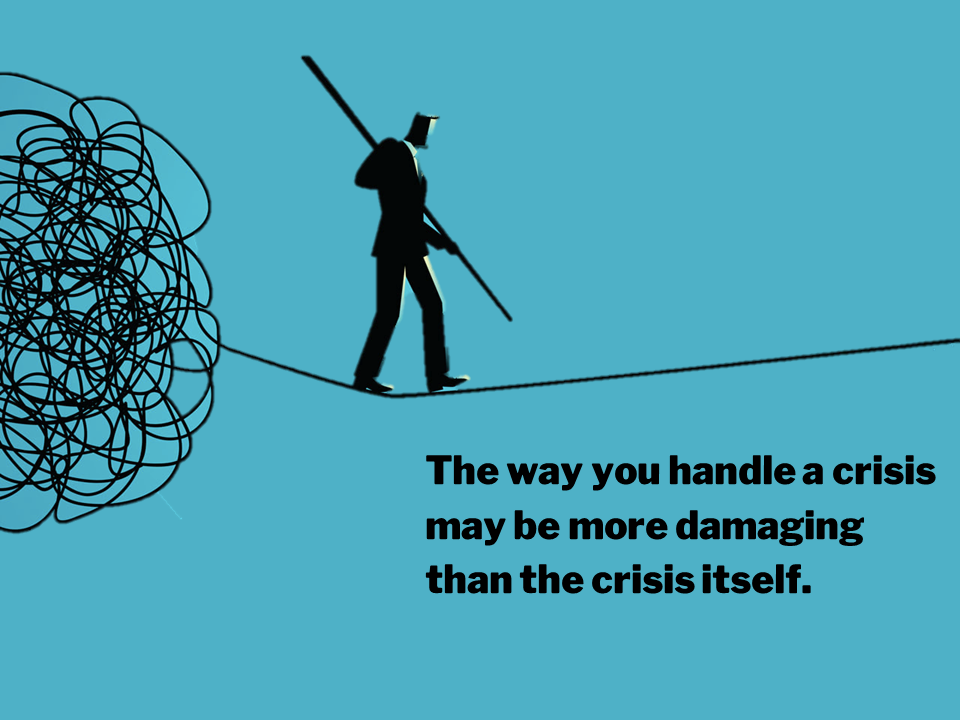
- “The way you handle a crisis may be more damaging than the crisis itself.”
In a crisis, communication is critical. The quicker you take charge, the quicker you will be on a road to recovery. When you’re slow responding, your critics and others will certainly jump in to prove that what you did or what you’re doing is wrong.
- “Your graduates tell your success story better than you can.”
Your best success stories are often told by your students themselves. Whether your students are currently enrolled or are alumni from years ago, the credibility, value and authenticity they bring to their messages overshadow any from others who never attended your schools. And don’t forget that testimonials from parents also add value to your messaging programs.
- “When the district’s tagline is not believed by the frontline, the district is headed for big trouble.”
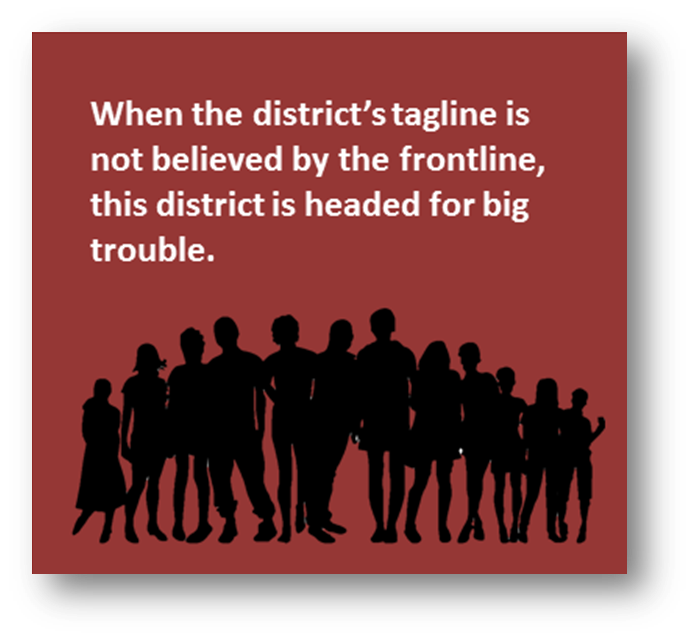
We heard parents utter this maxim when they participated in a focus group during an NSPRA audit. If your teachers and other employees are saying different things to their audiences than you are, the credibility of your district’s tagline is in major question. NSPRA surveys tell us that people view local school employees as the most believable spokespersons for your local schools. Effective, consistent internal communication is critical for the communication success of your schools.
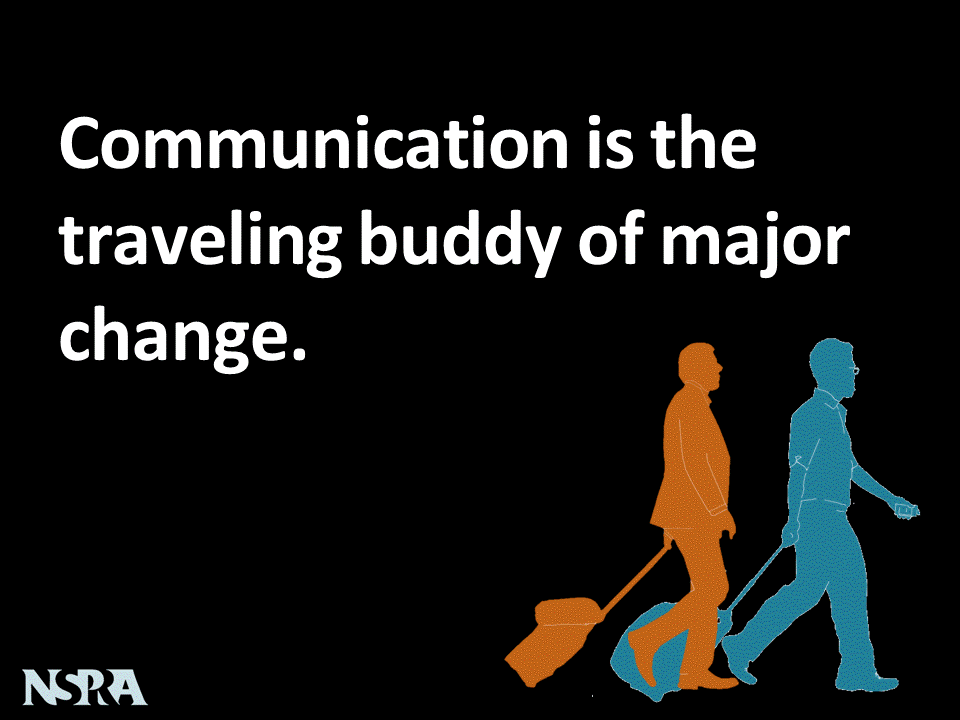
- “Communication is the traveling buddy of major change.”
Change will never succeed if you don’t construct a planned communication strategy and tactics to build a successful path to change and its implementation. When people haven’t followed this principle, I’ve seen them fail many times during my NSPRA career. For example, two neighboring districts implemented new math programs at the elementary level. In one district, leaders started early with staff and parents in communicating their proposed program. It was a resounding success and parents supported the effort. In contrast in the neighboring district, no communication plan was offered. Parents vociferously revolted, the math program was suddenly dropped, and the beleaguered superintendent was soon looking for another superintendency far away in another state.
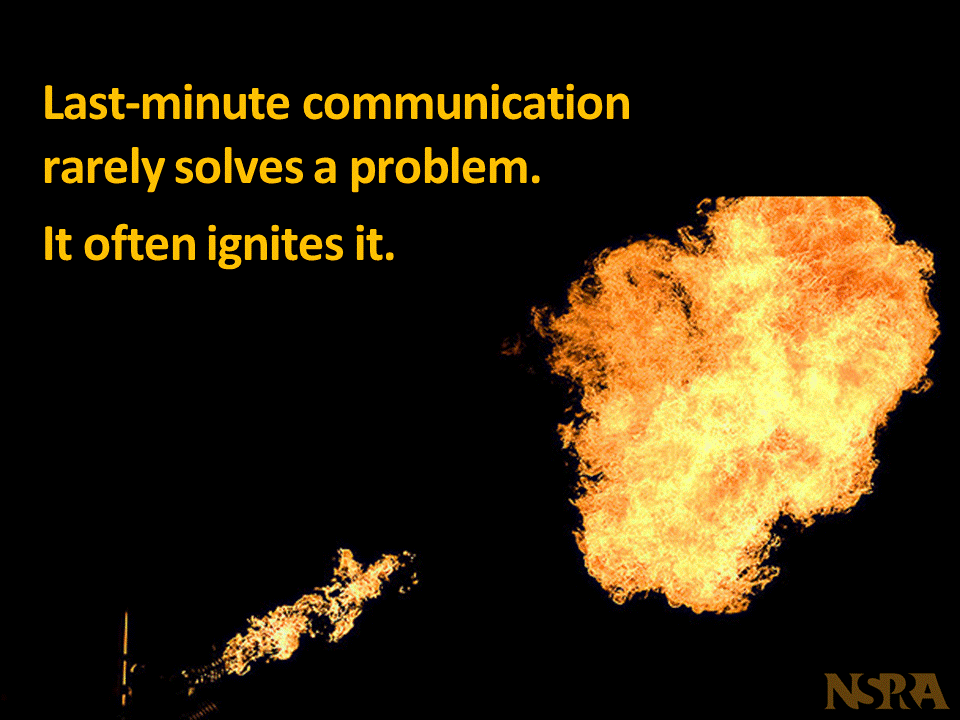
- “Last-minute communication rarely solves a problem. It often ignites it.”
Once again, being proactive is a much better attribute of a successful communication program than inertia. Not speaking about issues until you’re seemingly forced to do so is not a successful tactic to help you build credibility in your district. When you don’t communicate, questions often arise like, “When did you know about this information and why didn’t you tell us it back then?”
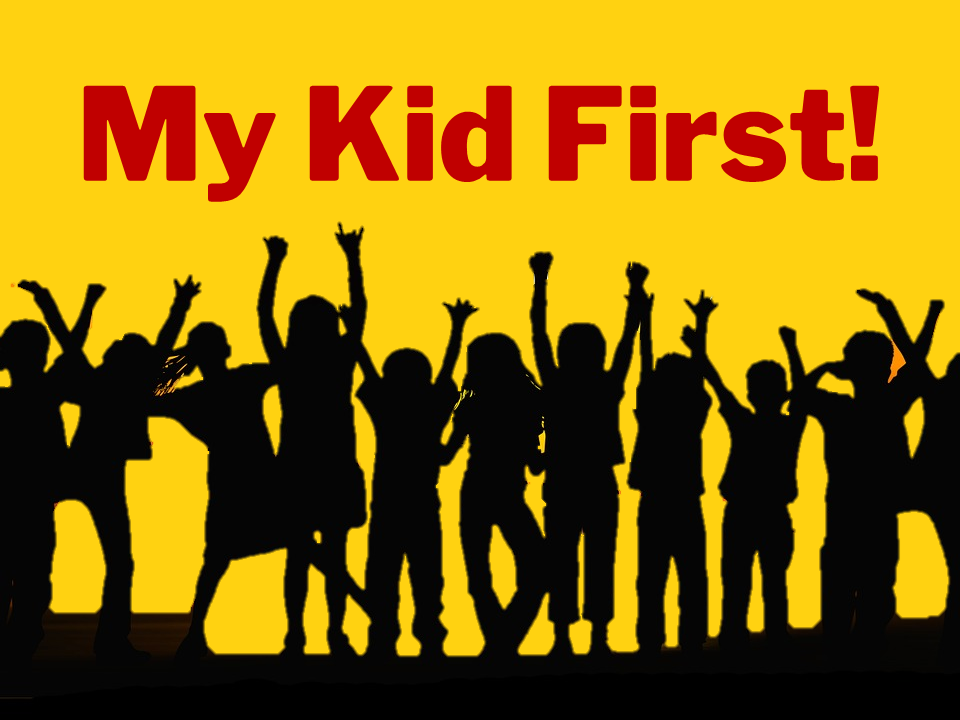
- “Staff should always be prepared to deal with the “My Kid First” (MKF) mentality when they talk with parents or host them at parent conferences and other gatherings throughout the year.”
This reminder is to just reinforce the notion that parents and families place a priority on wanting the best for their children. It’s always important to approach parents with an explanation showing how you, your school and the parents collaborate as a team to do what’s best for their children. We understand that with anywhere from 20 to 150 kids in a teacher’s workday, this can be an impossible expectation. But teachers who regularly demonstrate that they take a caring approach and communicate often with parents will be appreciated and regarded as a MKF teacher.
- “Our communities should be known by the schools they keep.”
Especially during school revenue discussions, remember this maxim. Another approach to this is to ask: What does our community stand for?
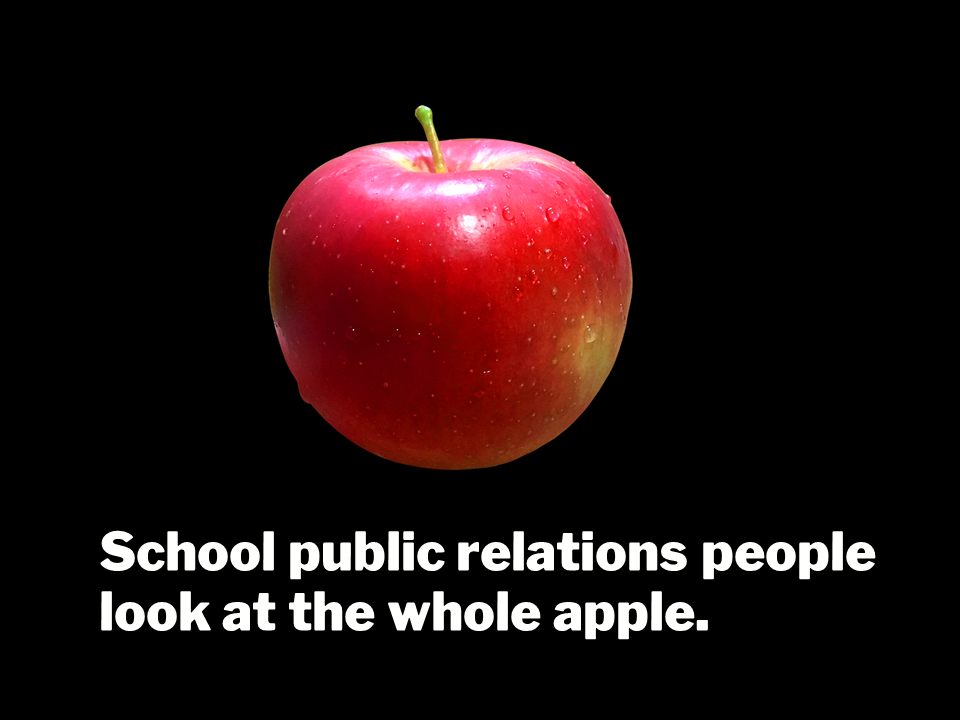
- “School public relations people look at the whole apple.”
It’s my firm belief that public relations professionals must look at all aspects of a school system to help protect its reputation with its communication and engagements methods. The school public relations role is truly a management function. School PR vets often note that their job function requires them to observe all school district functions to help enhance, improve and protect their district’s reputation. When they work closely with their superintendents, well-positioned school PR pros have earned permission to “stray from their lanes,” and consult with superintendent on matters that may call for some additional attention.
- “During your career you will be tested in many ways. By taking the high road, people will be able to see you better and learn what you stand for.”
Thorny questions about ethical practices, political issues, and more can often arise during your career. You must continuously stand up for doing the right thing, even when that means doing the difficult thing.
And here are some more keepers from NSPRA colleagues:
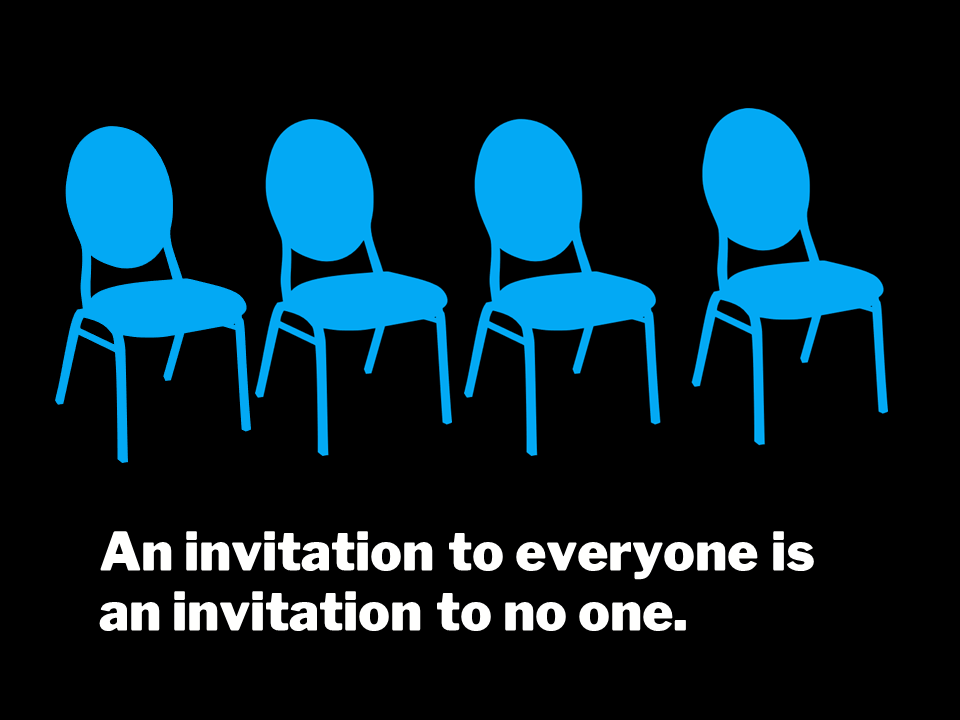
- “An invitation to everyone is an invitation to no one.”
Ken Weir of Pennsylvania has wisely taught us that it’s important to personalize communication and make our audiences feel special as part of select group. The good news now is that technology makes doing this easier than ever.
- “A public relations program without effective internal communications is built on quicksand.”
Buddy Price, a veteran from South Carolina, says it well. Over the years when people asked where they should most effectively spend their time and limited resources when it comes to school PR, we always answer that they focus on internal communication. Without reliable internal communication, your external programs will not be nearly as valuable as they should be.
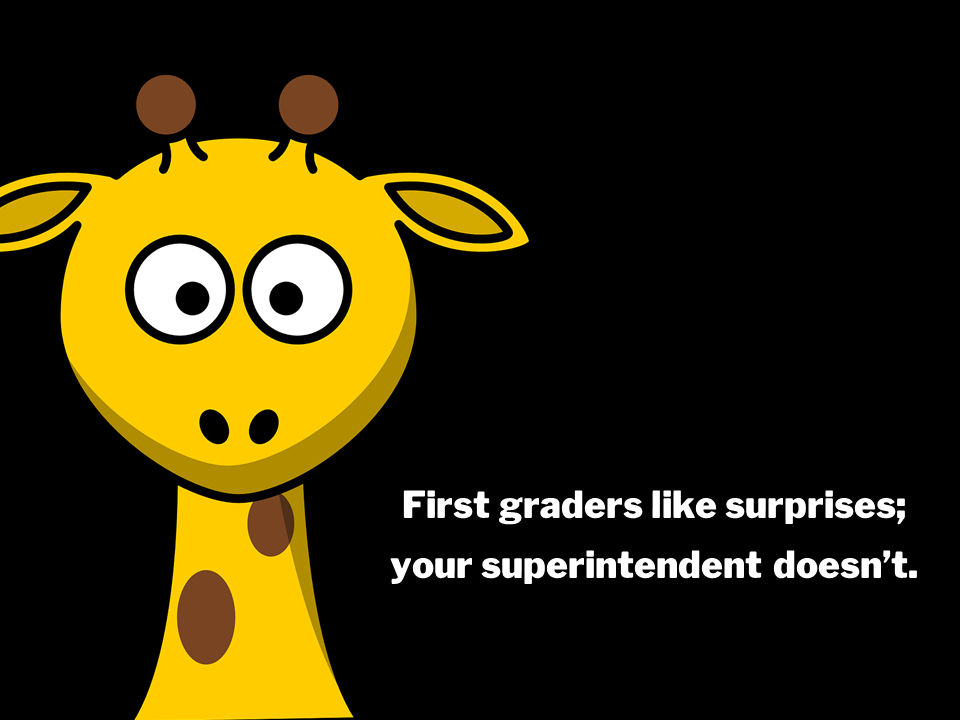
- “First graders like surprises; your superintendent doesn’t.”
Vets Harry Roberts, APR, and Ken Weir both submitted this saying to us years ago. It’s great advice, especially in today’s stress-filled daily operations in a school district.
And finally —
- “When you walk out of the office at the end of your career, the most valuable things you’ll take with you are your integrity and reputation. Protect them!”
Astute veteran Judy Willis of Arizona shared this maxim near the end of her school district career. It’s a great message to remember when you think about the time when you’ll call it a day in your career of school PR.
If you found this particular column inspiring, you can find most of these maxims and more from the two editions of NSPRA’s, Wit and Wisdom in Public Relations. Go to www.nspra.org/store.
Since this is my last edition of Always Something, let me make one final note. My official career at NSPRA ends on February 28th. Always Something has been around since 2009, although my run as executive director started well before that in 1992. While I have seen and learned a lot during that time, my biggest and most rewarding joy was working with our members and helping them grow along with our profession. It’s satisfying to watch our next generation of leaders flourish and thrive as they reach the noble goals of working hard to make our schools better places for all the kids throughout the U.S. and Canada.
It’s been a nice run and I thank those of you who supported me and NSPRA over the years as we built this organization into an important resource for leading professionals and systems throughout the U.S. and Canada. NSPRA is truly the Leader in School Communication.
Best wishes to all of you,

Rich Bagin, APR
NSPRA Executive Director Emeritus
 In our school communication profession, we’ve always had too much to do.
In our school communication profession, we’ve always had too much to do.

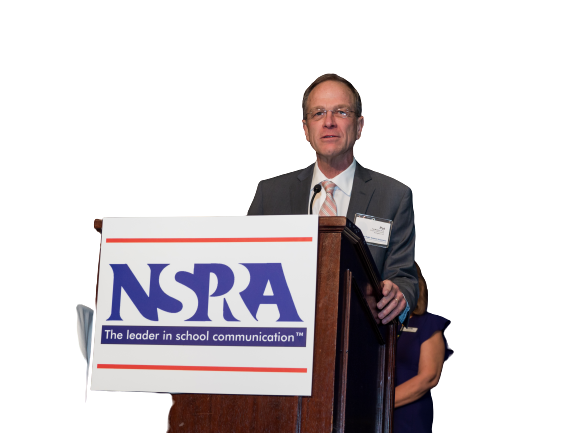
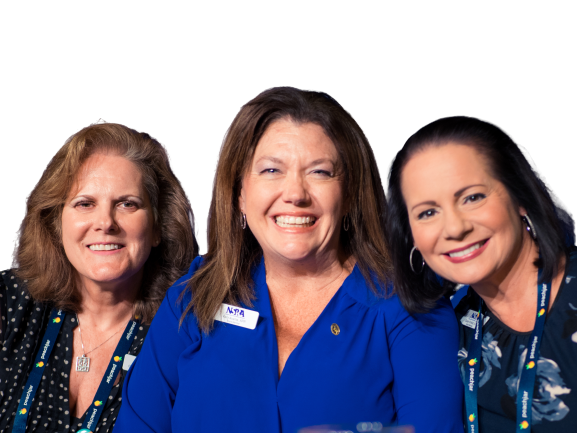

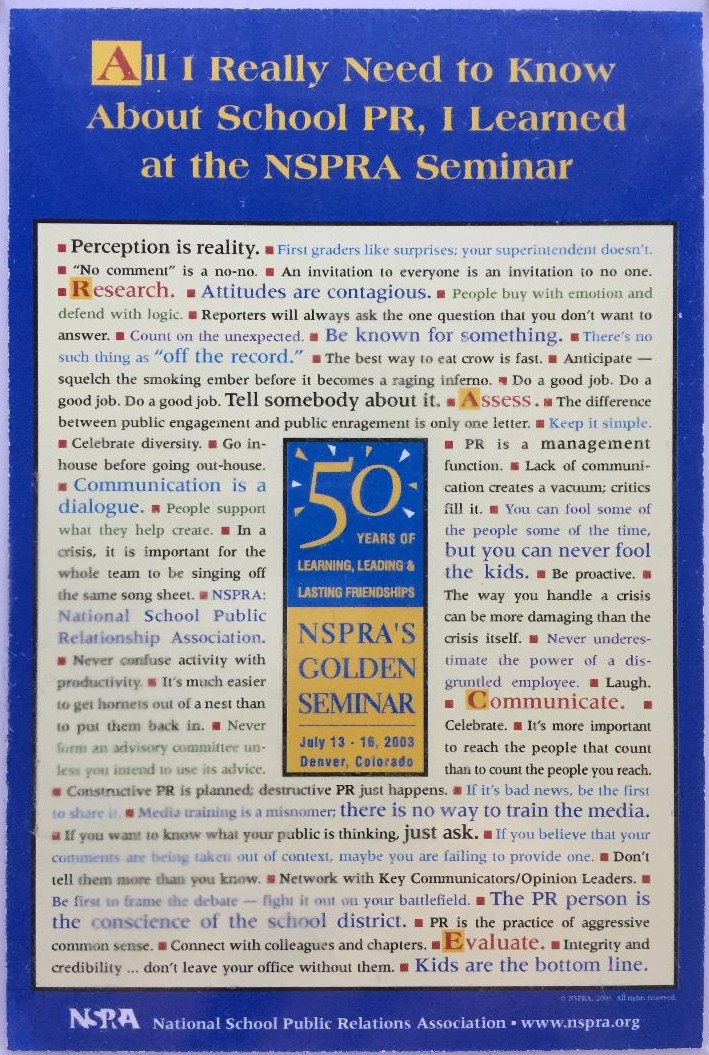

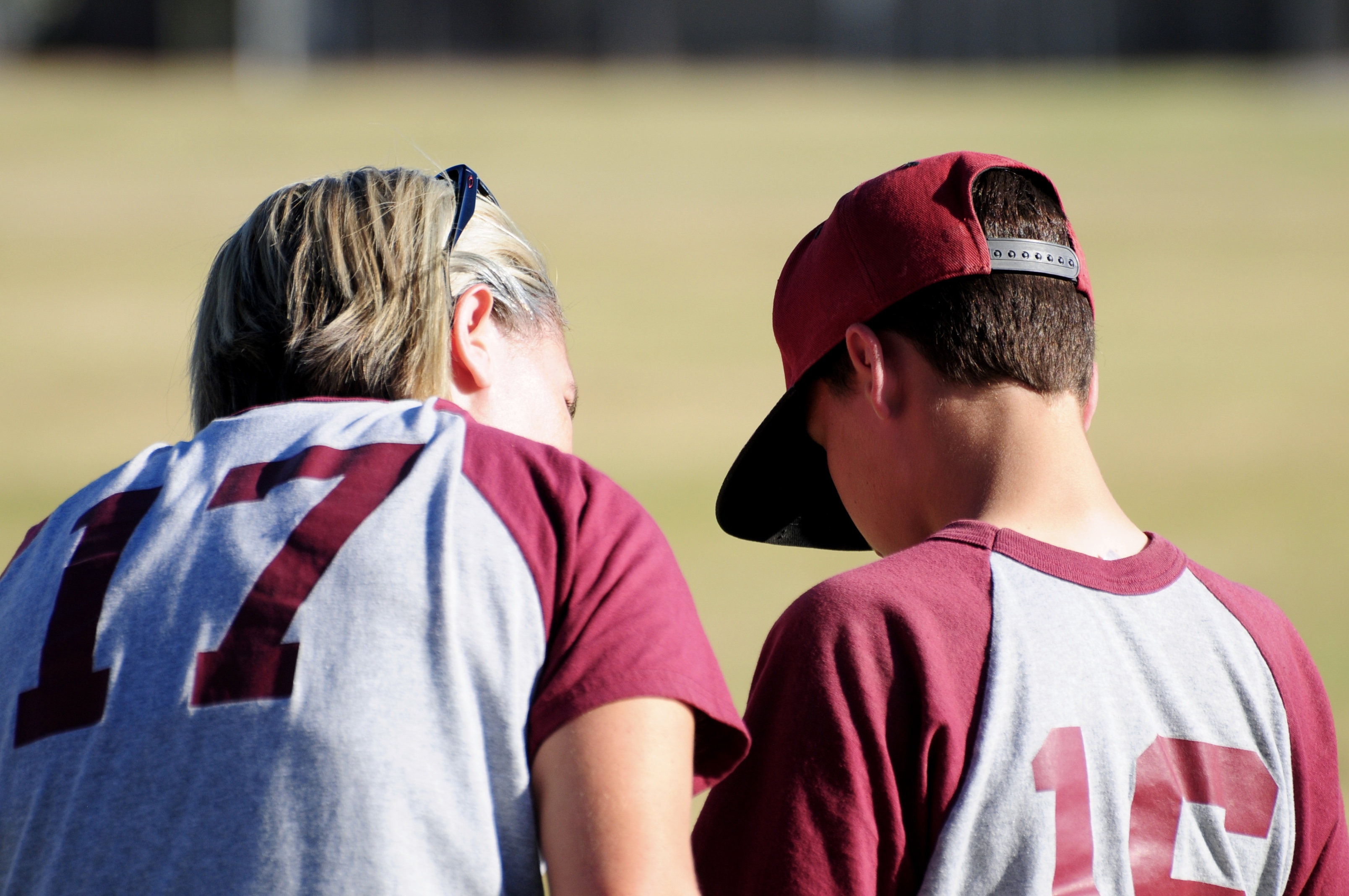


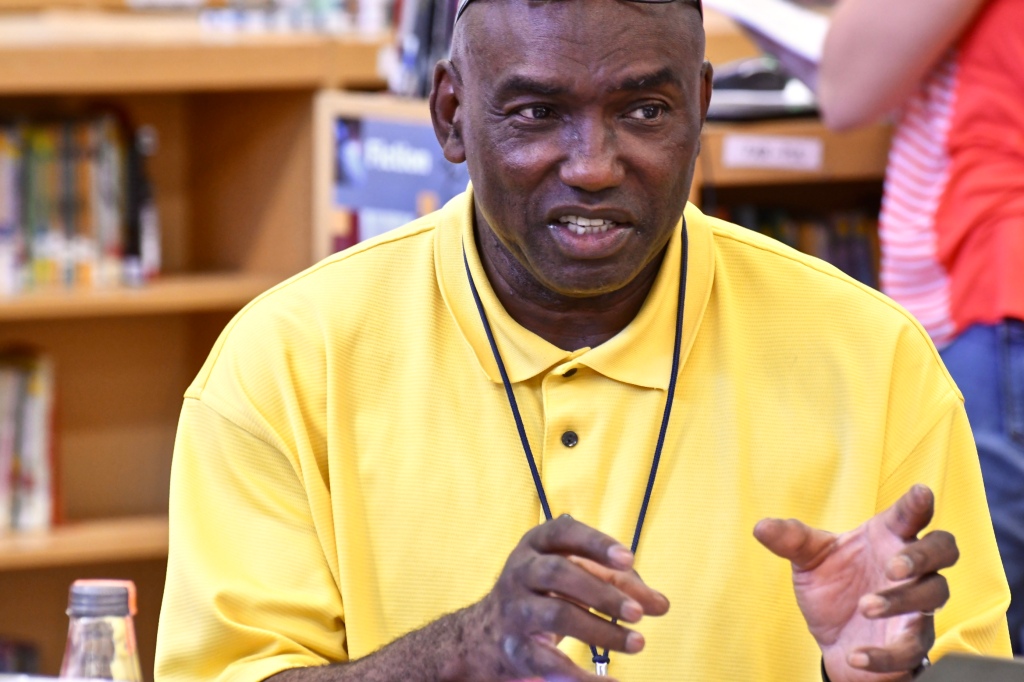 Over the years, we’ve repeatedly been asked several questions by superintendents. Our answers to these items have rarely changed because our responses are based on the results of what we see happening in local districts.
Over the years, we’ve repeatedly been asked several questions by superintendents. Our answers to these items have rarely changed because our responses are based on the results of what we see happening in local districts. Question:
Question: Question:
Question:



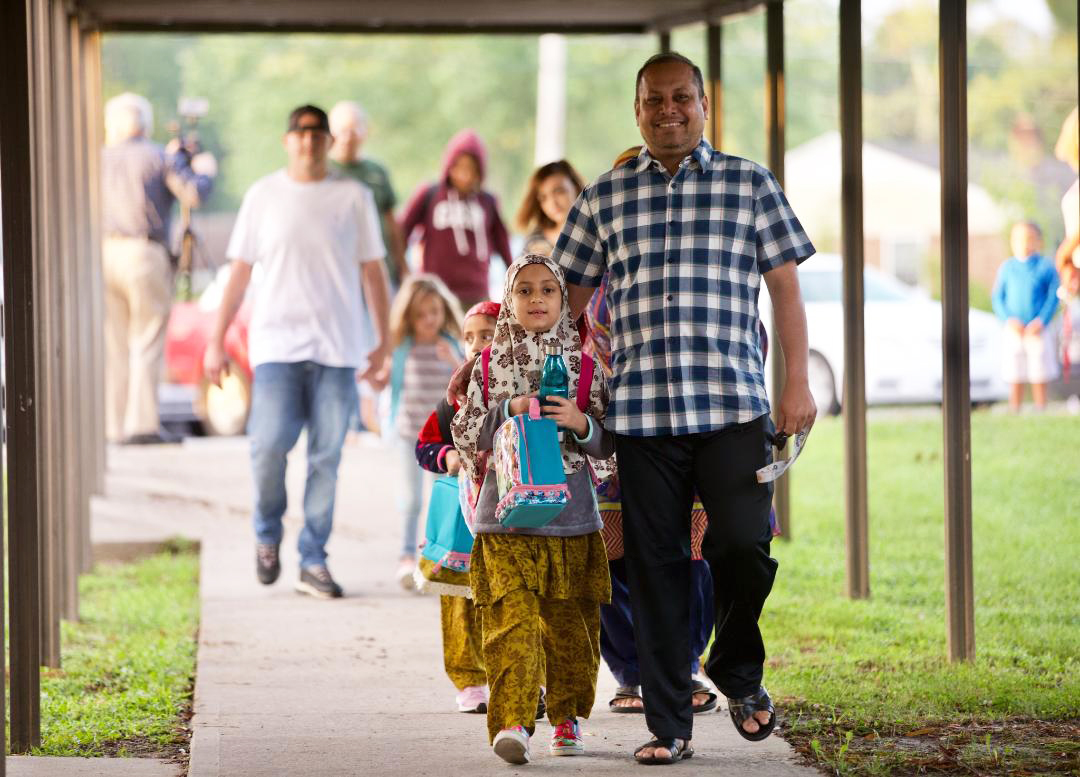 Here’s the dilemma surrounding reopening schools during this pandemic: “You’re damned if you do and damned if you don’t.”
Here’s the dilemma surrounding reopening schools during this pandemic: “You’re damned if you do and damned if you don’t.”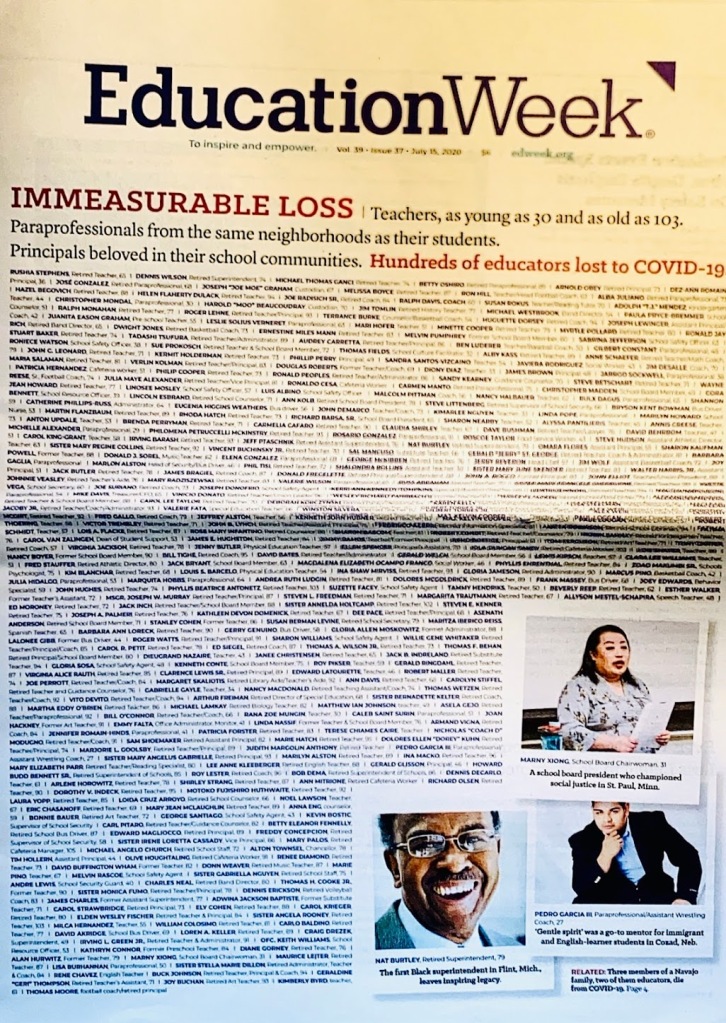

 So said Gary Burnison, Korn Ferry CEO. And yet we find ourselves in the middle of a pandemic that is seemingly “touching” everyone.
So said Gary Burnison, Korn Ferry CEO. And yet we find ourselves in the middle of a pandemic that is seemingly “touching” everyone.